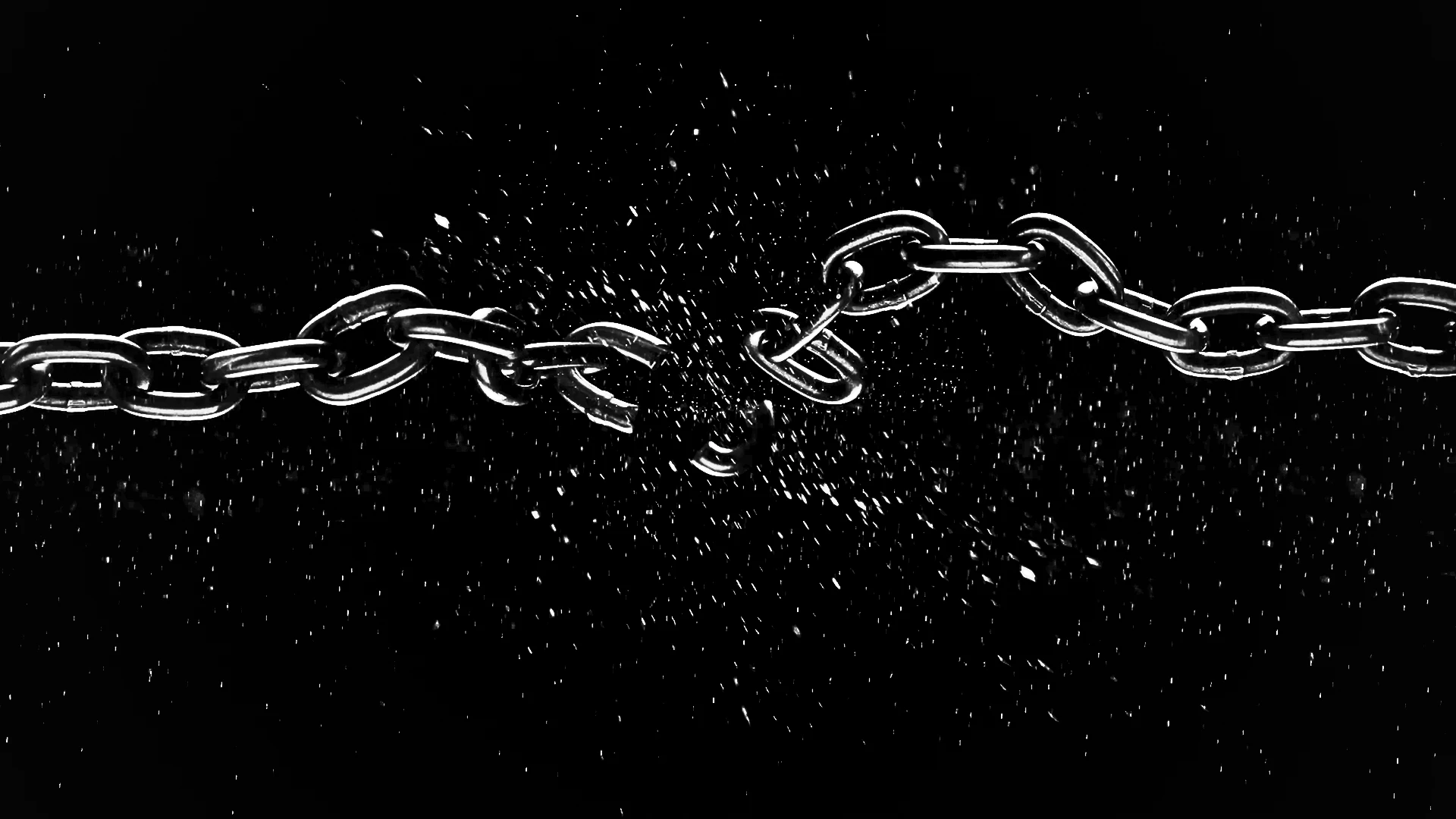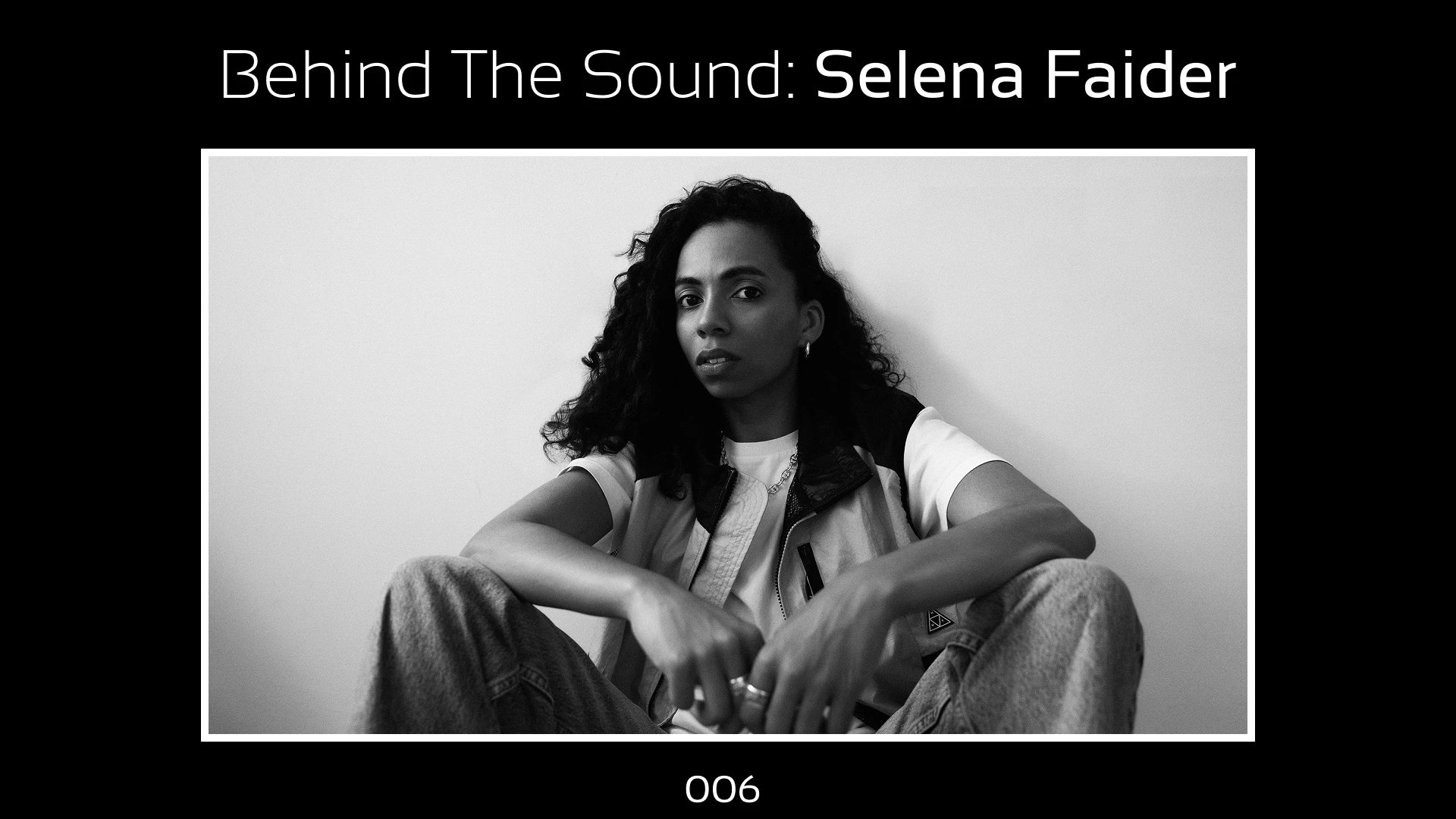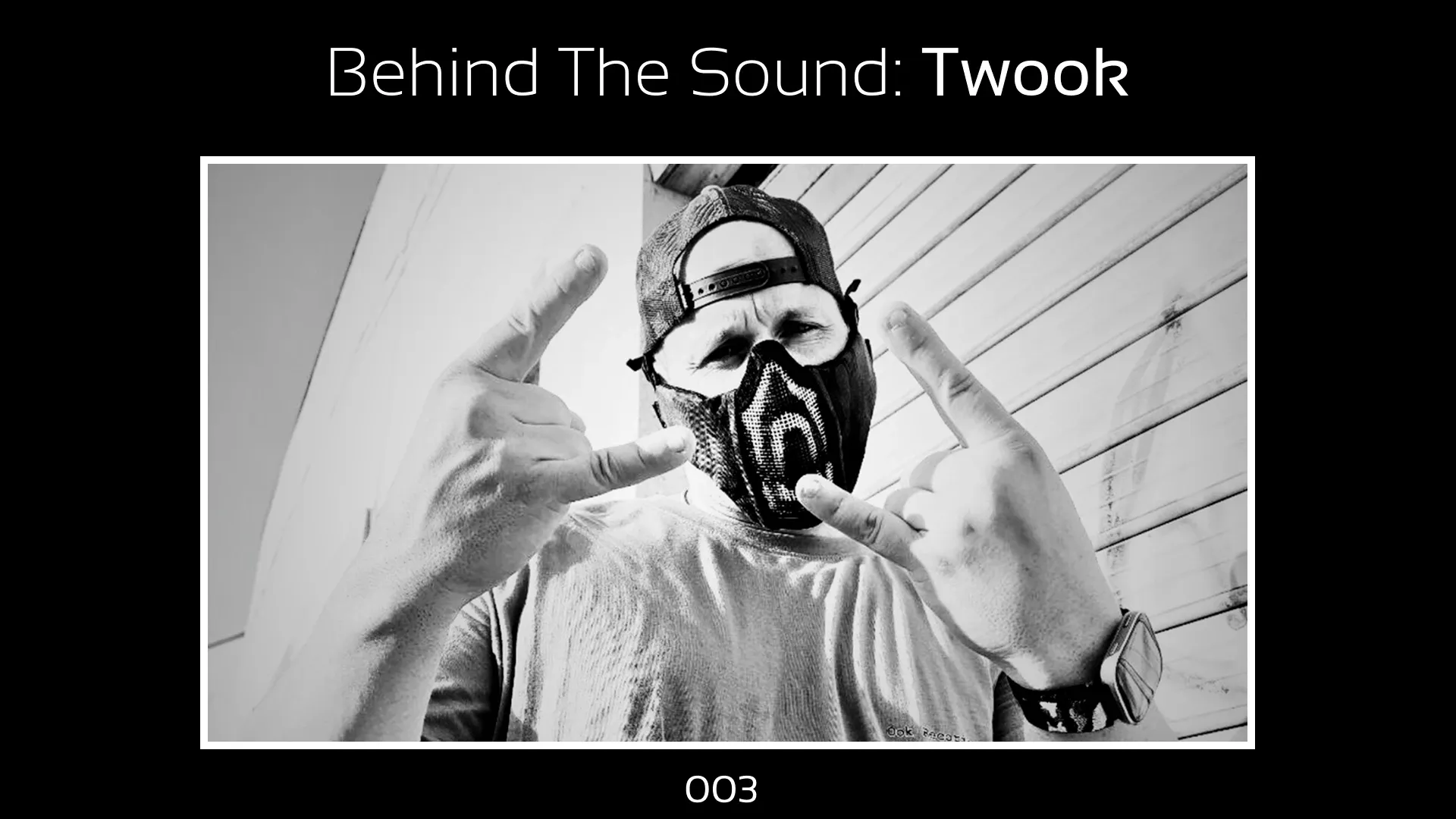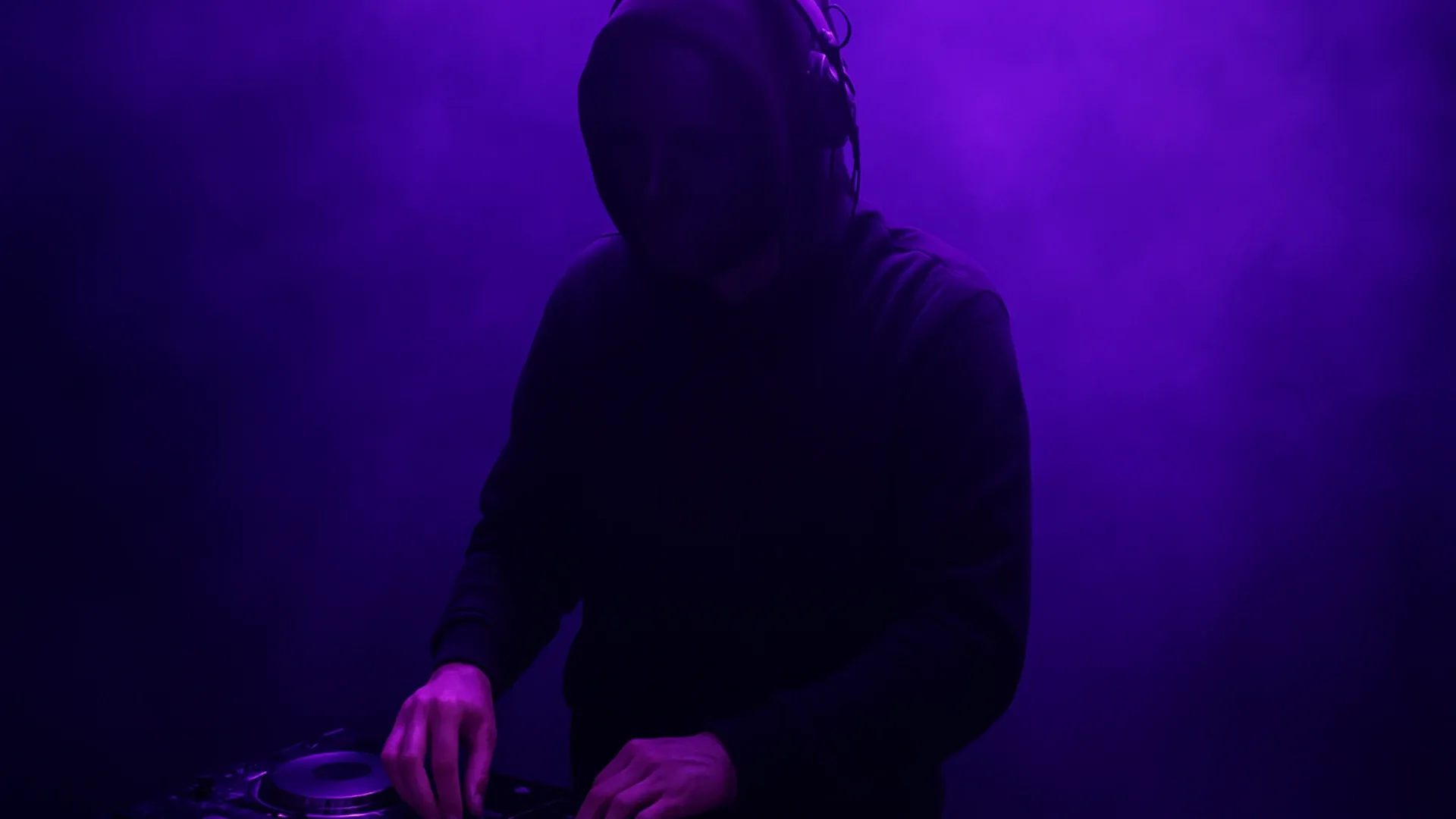Behind The Sound: UpstairsPeople
We talk with North London duo UpstairsPeople about their origins, sound, influences, and approach to collaboration.
8 minutes read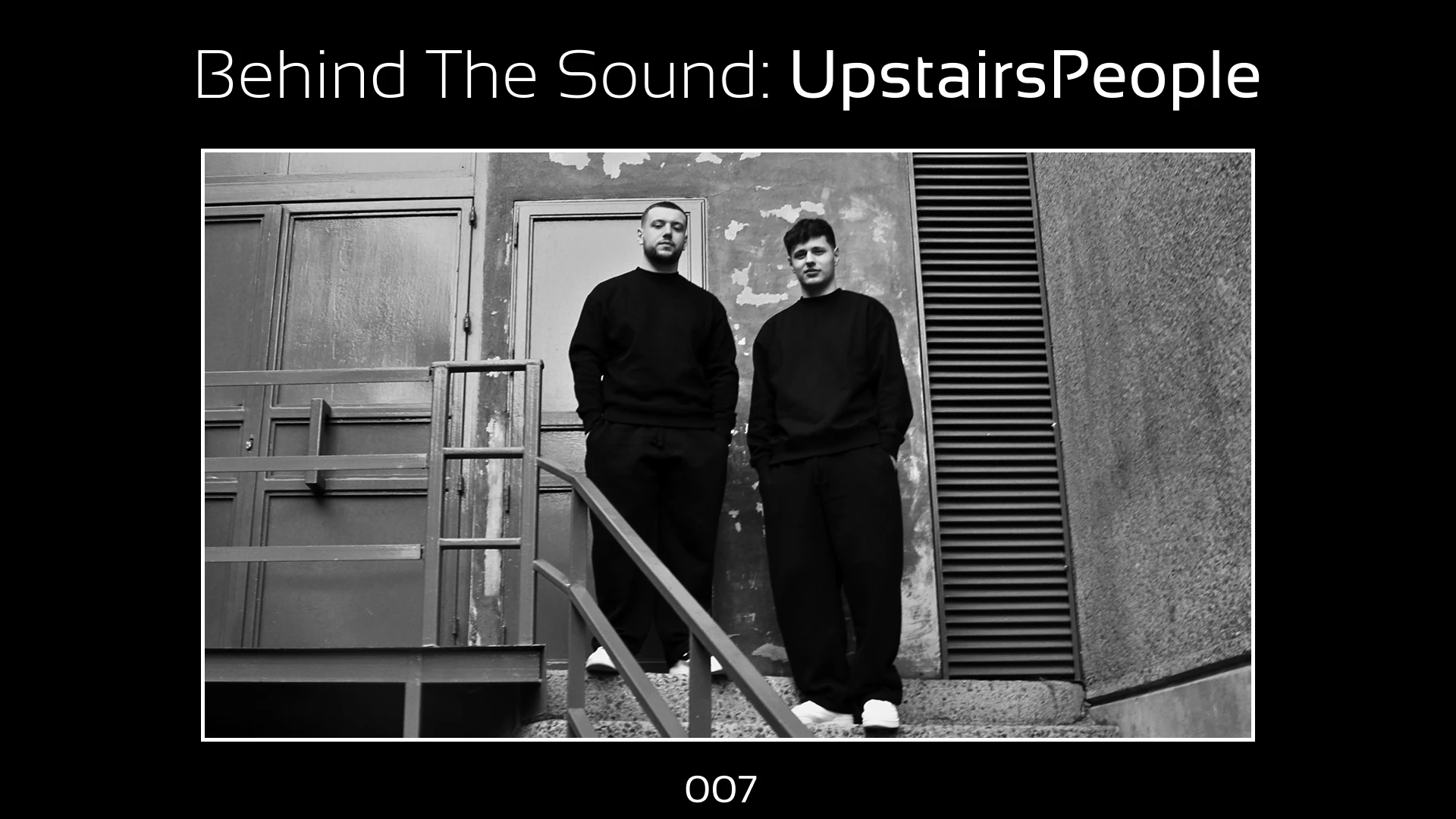
We sat down with North London duo UpstairsPeople, whose moody yet euphoric productions draw from breakbeat, UK bass, and the energy of the dancefloor. Emerging from London’s rich electronic underground, the pair have carved out a distinctive sound built on atmosphere, emotion, and experimentation. In this interview, we talk about their origins, the creative balance of working as a duo, their evolving sound, and what it means to stay authentic in a fast-changing music landscape.
Identity & Origins
Being lowkey allows for a level of mystique and intrigue
- UpstairsPeople
For those meeting you for the first time, who are UpstairsPeople, and what sparked this project as a duo?
We are a duo from North London. We went to the same school and so started making music together and then during our time at uni we really decided to focus on a different sound, one which we felt the most enjoyable to produce, creating the start of UpstairsPeople.
You keep things fairly incognito. What does anonymity give you artistically (and what does it take away)?
Being incognito originally stemmed from us both disliking photos being taken of us, alongside any sort of ‘putting yourself out there’ content. We also really wanted the music to do the talking and be the main focus. It was really useful initially as it allowed us to incorporate lots of ai into our visuals. Being lowkey allows for a level of mystique and intrigue but it definitely takes away a bit from the personal connection people have with the music.
If you had to describe your sound in three feelings or moods, what would they be?
Really tough one, I guess for us we always strive to be: Experimental, and incorporate elements of both moodiness and euphoria.
Releases & Evolution
We really like the idea of tracks being amalgamated by feel as opposed to more binary aspects such as bpm or drum pattern.
- UpstairsPeople
“Rules” arrived on 17 Steps’ “Floor To Floor 10-year edition” what is the story behind the track and how did it put you on the map?
Rules wasn’t originally meant to be on the 10 year mixer, we were actually asked to step in to fill a spot. For us it was a no brainer and was amazing to be part of such a landmark for an iconic label. We didn’t know what to expect but the track definitely performed beyond our expectations and definitely put our name out there a bit. Dusky were also super nice and invited us down to perform at Fabric for the launch of the mixer which was a real bucket list gig for us.
What did you want listeners to feel when listening to “Ocean/Waves”, and how do these two tracks connect with each other?
The Oceans/Waves EP was an interesting one for us as the two tracks were made at very different times. Ocean was made during our time living in the same uni house and it was really an experimentation of some ideas we had which culminated in this cool, gritty track which is somewhere between a chill listen and a club hitter. Waves came probably a year later but it stemmed from a really rough idea with a unique groove we had made, it definitely contrasts some of the grit of Ocean, but we felt they both had that same moody and almost dark feel to them.
Your latest release, “Patio EP”, feels more tuned for the club. What motivated you to take your sound in this direction, and can we expect more of it going forward?
The Patio EP is definitely a departure from the type of tracks we typically release, but it encompasses a sound we have made a lot of over the years. The idea of the EP was really to show that side of us that is often hidden away and rarely shared but one that we love and orient a lot of our sets around. There was actually a third track on the EP which didn’t end up getting released so who knows maybe that will come out at some point!
Process & Collaboration
The benefit of the duo is the other one of us can really strip back the idea to just what it needs to be, to express the vision we had for the track.
- UpstairsPeople
As a duo, how do you divide roles in the studio, is there a natural split or do you switch roles constantly?
There is definitely a natural split, one of us does a lot of the initial production and ideas and then the other cleans it up. The original ideas tend to be sort of 80% of the final track but it’s only when that final 20% is added that the tracks become something we are truly happy to share. That being said, there is flexibility to it and we have had tracks where there’s a lot more collaboration throughout the whole creation of tracks so definitely not an exact science or something we confine ourselves to.
As a duo, how do you handle creative differences in the studio, what helps you turn different ideas into one shared vision?
A really boring answer but we don’t really have creative differences, we are very open and tend to try every idea that is suggested and listen over it and decide if it stays or goes. A lot of the time we will bounce out an idea and go listen to it somewhere else like the car and then we will both know if it’s something we like or not.
How do you decide when an arrangement is done, what tells you to stop adding and start subtracting?
This is an interesting one for us as it’s usually a case of the tracks being sent to each other which are either too crowded and busy, or maybe even too empty. From then, it becomes the others job to really fix and refine the idea. So to answer the question, we often do go a bit too far with ideas, but the benefit of the duo is the other one of us can really strip back the idea to just what it needs to be to express the vision we had for the track.
Aesthetics & Influences
Our music is a real expression of the creativity we weren’t able to exude going about our daily business.
- UpstairsPeople
Which non-musical influences (everyday life, art, club spaces, films, cities) work their way into your productions most?
I think it can work the other way for us sometimes, day to day life is a bit boring occasionally so our music is a real expression of the creativity we weren’t able to exude going about our daily business. We have definitely been fortunate to grow up in London and to have been exposed to so much of the amazing club culture we have here so we feel that those spaces and the feels they give you are really reflected in what we make.
In your productions, you blend elements of breakbeat, UK bass, and euphoria. How intentional is genre for you, or do you prefer to let the track decide?
We tend to only think about genre when it comes to the release and we have to sit around and think about what we have actually made. Staying in the box of a genre is definitely something we don’t do during production unless we really deliberately decide that is what’s best for the idea we have. We really like the idea of tracks being amalgamated by feel as opposed to more binary aspects such as bpm or drum pattern. Another important aspect for us when creating music is we rarely save samples or presets we have made or used, so we are always starting a fresh when creating the next track, keeps things varied is another big reason we often don’t fit into specific genre categories.
Which artists have inspired or influenced you the most, and how have they left their mark on your sound?
There are so many artist over the years that inspire us for so many different aspects. Acts like Overmono really inspired us to shift to the UpstairsPeople sound and move away from the music we made previously. Artists like Ross From Friends and Jamie xx have really had an influence on our project, their arrangement and variation in each track and structure is really something we strive to instil into our own tracks.
Industry & Outlook
It’s important that artists continue to challenge the norm and disregard the fact the streaming performance might take a hit.
- UpstairsPeople
With music discovery shifting to short-form and playlists, what actually moves the needle for you right now?
The way music is going is interesting and the move to short-form and playlists is really encouraging some interesting adaptation to how people are making music. For us, we have always been fans of acts that have succeeded outside of the mould. It’s important that artists continue to challenge the norm and disregard the fact the streaming performance might take a hit. We also believe in having say 100 real fans as opposed to thousands of one time listeners who have zero interest in us or our projects. We think that staying true to your production and way of artistry is the key to achieve this.
How do you translate your music to the club, do you create different versions for the floor?
Translating our music to the club is something we think about often and it really all depends on the gig, such as the lineup and the venue of which we are playing. We definitely love to make variations of our tracks to play, these tend to be a bit more energetic and lengthy in order to suit the floor.
---
A big thank you to UpstairsPeople for taking the time to share their story and process with us. From their beginnings in North London to their growing impact on the UK dance music scene, their approach to production feels instinctive and forward-thinking. With each release, the duo push their sound further, balancing emotion, texture, and experimentation while holding onto the shared vision that began their journey.
Stay connected with UpstairsPeople and keep an eye out for their upcoming projects.|
↳ Bandcamp | Spotify | Instagram
